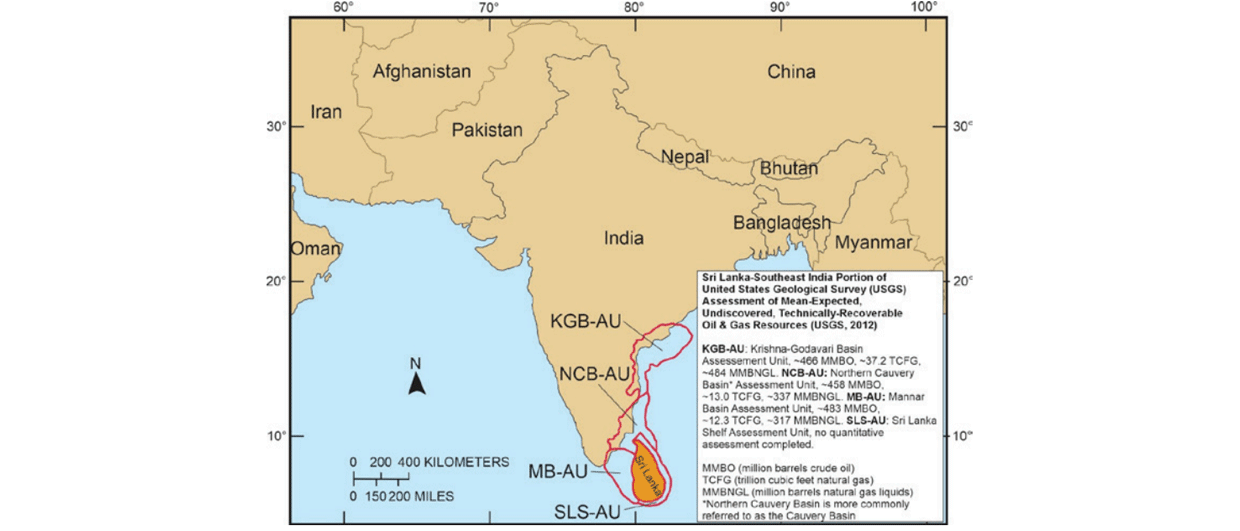As reported in a GEO ExPro Update article (Vol. 8, No. 3), Colombia’s upstream oil and gas industry has been drilling exploration and development wells at a record pace over the past two years. This resurgence is, in part, the result of a series of government regulatory reforms making the area very attractive to foreign investors as well as prompting much larger exploration and development outlays by the companies already operating there. A second factor has been a much improved security situation. Finally, higher oil prices cannot be overlooked in making the heavy oil province very attractive.
For the third quarter of this year, Ecopetrol is reporting a new production high of 731,500 boe per day. That is an oil and gas production increase of 15.7% from the previous quarter. The average 9-month production of 716,000 boe per day broke the company record of 616,000 boe per day set in 2010. During the first three-quarters of 2011, Ecopetrol drilled 15 wells, eight finding oil. National oil production is also at a record high of 950,000 barrels per day.
The cornerstone of Colombia’s oil production is from the Llanos Basin oil province that produces about 40% of the country’s oil. This is where most of the country’s recent production and reserve growth has occurred. As Dr. Andrés Mora, Ecopetrol’s Instituto Colombiano del Petroleo Onshore Geological Research Leader, explains, “The heavy oil province is undergoing a resurgence of exploration and exploitation. For example, when the Rubiales Field (now operated by Pacific Rubiales Energy) was discovered in 1982, it was thought to be worth very little. Production remained very low, only 12,000 bopd were produced in 2007. At the end of 2010, production was up to 138,000 bopd and is still climbing. Most of the companies operating in the region have taken a second look. Ecopetrol has found at least five new fields in the region over the past year, increasing reserves by about 5%. In the past 5 years, other important discoveries have been focused in areas of traditional strength, which are the foothill settings (Gibraltar, Hurón, Oripaya) as well as some near-field discoveries in the Upper Magdalena region. In addition, the heavy oils in the Llanos Basin (recent Quifa and Caño Sur discoveries) represent a new frontier for us and should provide significant reserve growth.”
“Ecopetrol has important tech no logical challenges ahead,” adds Dr. Mora. “While we are increasing production through faster and intense primary production, there is the need to increase the use of secondary and tertiary enhanced oil recovery techniques. In this respect, the research branch of Ecopetrol, the Colombian Petroleum Institute, is undertaking important pilot projects in the Llanos Basin using new technologies. One of the projects that we are excited about will be testing air injection to recover more oil from producing traps.”
“Colombia’s very attractive investment climate and improved security situation has drawn many new companies, and the established companies are spending much more on exploration and development,” says Dr. Mora. “While the recent successes have been in explored areas, the real future for the industry will be the exploitation of under-explored frontier areas such as the Caribbean basins. These are a real challenge, since they are expected to hold billions of barrels of recoverable oil but little is known about them. We are now using new concepts developed in the foothill onshore settings to explore the frontier and offshore basins in Colombia where only a few wells have been drilled. Analogs from the Peruvian foothill areas, like the Camisea complex, have proven to be very productive.” It should be noted that Ecopetrol aggressively increased its acreage in the Peruvian Subandes in the 2010 bidding round.





